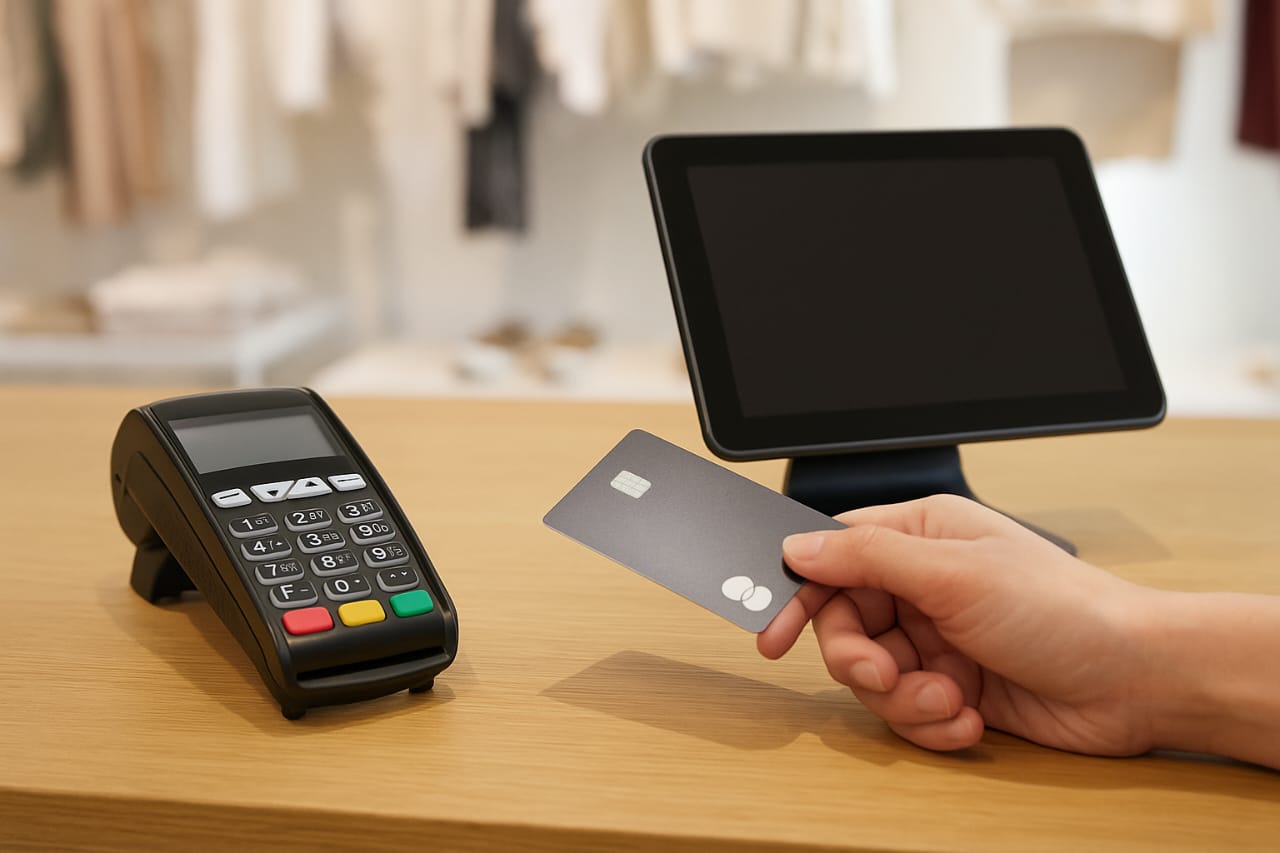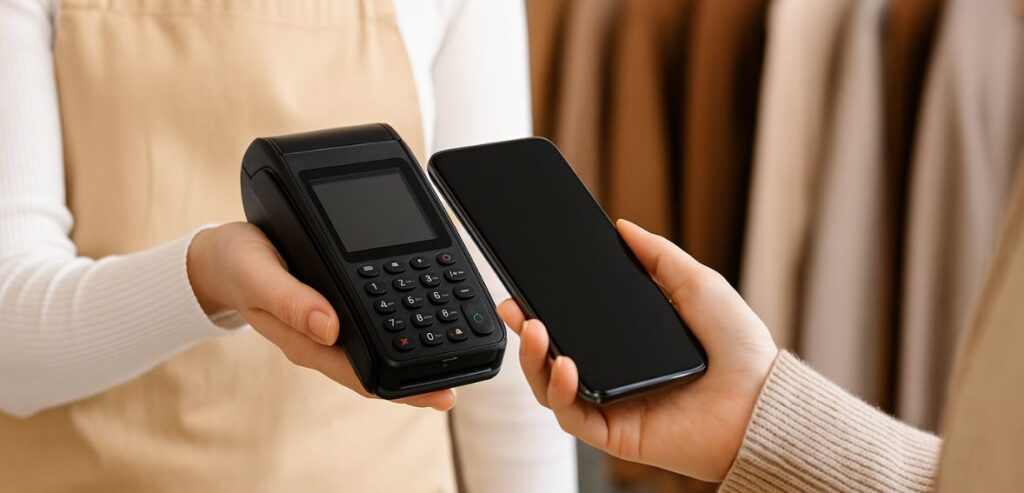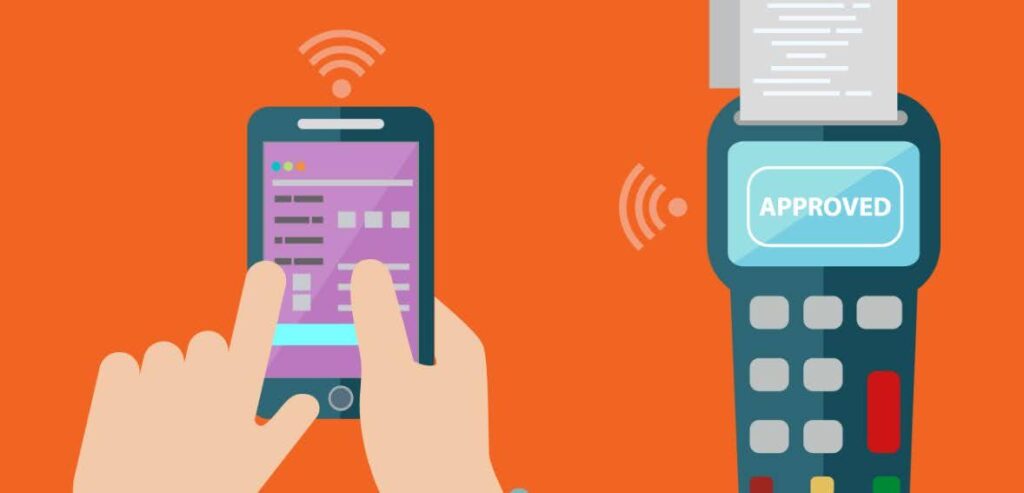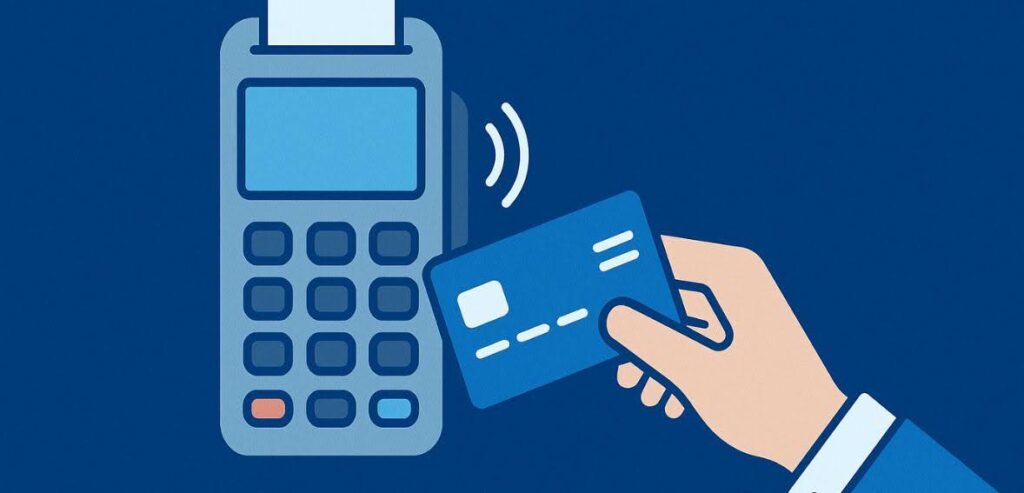
By alphacardprocess June 5, 2025
The way that companies take payments can make or break the customer experience in the rapidly changing retail landscape of today. Selecting the best credit card reader or terminal is a strategic choice, not just a technical one, regardless of whether you’re managing a high-volume convenience store, boutique clothing store, or service-based business on the go. Your payment system needs to be able to do more than just process credit cards thanks to the rise of digital wallets, contactless payments, and EMV chip technology. It also needs to be able to accommodate your customers’ preferred payment methods by 2025.
Recent years have seen a rapid advancement in payment technology, moving from conventional countertop machines to integrated smart terminals and svelte mobile card readers. Whether they are scanning a QR code, swiping a card, or tapping a phone, customers today demand safe, smooth, and blazingly quick transactions. For entrepreneurs, this entails choosing a terminal that can accommodate both present and future payment trends.
This article discusses important aspects like transaction volume, device type, and point-of-sale compatibility to assist you in selecting the best credit card terminal or reader. Supporting more intelligent choices that increase productivity and enhance the client experience is the aim.
Understanding Credit Card Terminals and Readers

It’s critical to understand the various kinds of credit card terminals and readers that are available before beginning the selection process. For a foundational overview, businesses should also understand payment processing basics to better evaluate which terminal suits their workflow.
- Conventional Countertop Terminals
These are fixed devices that are connected by phone lines or wired internet. They are dependable and appropriate for companies that have a set checkout location. Features frequently consist of: Acceptance of EMV chips and magnetic stripe cards Integrated receipt printers Basic reporting features .
- Terminals with wireless access
Wireless terminals, which connect via Bluetooth or Wi-Fi, provide mobility within your store’s premises. They are perfect for companies that need flexibility, like eateries or big-box stores. Benefits consist of: Processing payments at the table or in the aisle shorter wait times for customers Better experience with customer service.
- Readers for mobile cards
By connecting to smartphones or tablets, mobile card readers enable them to function as portable point-of-sale devices. They are ideal for on-the-go services, pop-up stores, and small enterprises. Benefits include: minimal initial outlay of funds Portability and user-friendliness Connecting mobile point-of-sale applications.
- Smart Terminals
Smart terminals are cutting-edge gadgets that combine standard terminal operations with extra features like analytics, customer relationship management (CRM), and inventory management. They are appropriate for companies looking for a comprehensive solution.
- Virtual Terminals
Virtual terminals allow businesses to process payments via a web browser without physical hardware. They are ideal for phone or online orders and remote billing.
Key Considerations for Selecting a Credit Card Terminal or Reader

Selecting the ideal credit card reader or terminal is a strategic choice that can affect your store’s productivity, client happiness, and income. It’s not just a simple equipment choice. When investing in a terminal that meets the unique requirements of their operation in 2025, business owners must consider a number of fundamental factors.
Business Type and Operational Needs
Evaluating the nature of your business is the first step in choosing the best terminal. Whereas mobile vendors like food trucks or market booths need portable readers that work with smartphones or tablets, a high-volume retail store might need a fixed countertop terminal that connects straight to the register. Wireless terminals that provide versatility without compromising security are frequently advantageous for service-based enterprises like salons or in-home repair services. Knowing where and how transactions take place in your company will help you select the terminal that best suits your daily operations.
Payment Method Compatibility
In 2025, consumers anticipate using their preferred method of payment, be it mobile wallets, tap-to-pay contactless cards, chip cards, or even QR codes. Modern terminals should support EMV chip cards, magnetic stripes, and NFC mobile payments such as Apple Pay and Google Pay to ensure compatibility and convenience. Reducing the number of payment options may result in sluggish checkouts, lost sales, or unfavorable customer feedback. Your customer experience will become more seamless as your acceptance grows.
Integration with Existing Systems
These days, a larger point-of-sale ecosystem frequently incorporates credit card terminals. It’s critical to choose a terminal that seamlessly integrates with cloud-based accounting software, point-of-sale systems, and CRMs. Complete integration enhances sales reporting and inventory tracking, decreases manual entry, and automatically syncs transaction data. Better decision-making and fewer administrative hassles result from this integration.
Security and Compliance
When handling sensitive financial data, security is still the main concern. Terminals must support tokenization and end-to-end encryption and adhere to the most recent Payment Card Industry Data Security Standards (PCI DSS). Additional security is provided by devices that provide remote disabling, secure customer authentication, and real-time fraud detection. Investing in secure technology is imperative to safeguard your company’s reputation and prevent expensive fines due to the increasing sophistication of cyberattacks.
Pricing and Long-Term Costs
Although the cost of the hardware is one factor, business owners also need to consider the total cost of ownership. This covers possible maintenance costs, software updates, service plans, and transaction processing fees. While some terminals are leased through merchant account providers, others are sold outright. Knowing if you’re using an interchange-plus structure, tiered model, or flat-rate pricing plan makes it easier to determine your true cost per transaction and steer clear of unstated fees that reduce profitability.
Usability and Training Simplicity
Instead of working against your employees, your terminal should work for them. An intuitive system that has a straightforward touchscreen interface and unambiguous prompts can expedite customer service and cut down on new hire training time. Efficiency and the customer checkout experience are directly impacted by usability. To further streamline daily operations, some advanced readers even provide dynamic user interfaces that can be customized to your company’s workflows and branding.
Scalability for Future Growth
Planning for expansion is a smart move when selecting a terminal. Even though you might only need one terminal right now, you should think about whether the system can accommodate future growth. Is it able to manage several locations? Is it easy to add new terminals? When new payment technologies are developed, will it be able to handle them? Systems that are prepared for the future guarantee that your investment will continue to meet your changing business needs without the need for frequent upgrades.
Customer Support and Service Reliability
Technical problems are unavoidable regardless of how sophisticated your payment terminal is. Reliable support is crucial when things go wrong. You can avoid lost sales and unhappy customers by choosing a provider that provides round-the-clock assistance, transparent escalation procedures, and prompt device replacement policies. To determine the type of support you can anticipate, look at user reviews and service ratings prior to selecting a terminal.
Contract Terms and Flexibility
Read the fine print at all times. While some providers provide flexible month-to-month options, others demand long-term contracts with penalties for early termination. Recognize whether you are leasing or purchasing the terminal outright. Verify the costs associated with updates, service interruptions, and scaling your service. Clear contract terms guarantee that your terminal stays an asset rather than a liability and help avoid future frustration.
Future-Proofing Your Payment Setup
Businesses need to stay ahead of payment trends because digital commerce is always changing. Your store can gain a competitive edge by selecting a terminal that can integrate with e-commerce channels and accept new payment methods. As customer expectations change, features like cloud updates, add-on apps, and integration with loyalty programs provide continuous value. Selecting an adaptable and progressive solution puts your store in a position to change rather than rushing to catch up.
Steps to Choose the Right Terminal or Reader

- Evaluate Your Business Requirements: Take into account the volume of transactions, mobility needs, and integration requirements.
- Research Providers: Evaluate various providers according to features, prices, and client feedback.
- Request trials or demos: Examine the devices’ usability and suitability for your business.
- Assess Support Services: Verify that the supplier provides dependable maintenance and customer service.
- Evaluate Support Services: Ensure the provider offers reliable customer support and maintenance services.
- Review Contract Terms: Understand the terms, including fees, contract length, and cancellation policies.
Real-World Developments in 2025: How Companies Are Using Payment Technology

In order to remain competitive, companies in a variety of industries are adopting smarter and more secure card terminals as payment technology advances in 2025. AI-powered inventory systems are being integrated with terminals by retailers to enable real-time stock updates as purchases are made.
In order to improve speed and customer satisfaction, restaurants are increasingly implementing handheld wireless readers to allow patrons to pay at the table. To enable on-the-spot payments and foster trust through secure processing, even service providers—such as home healthcare workers, mobile pet groomers, and electricians—are arming their staff with mobile EMV card readers.
The increase in digital tipping options and QR-code-based payments, which are now supported by sophisticated terminals, is one significant change in 2025. Terminals that support split payments, stored loyalty rewards, and contactless interactions are no longer “nice-to-haves”—they are now expected, as customers place a greater value on speed and convenience.
Additionally, companies are tailoring marketing campaigns and customer experiences with the help of terminal data insights. This practical implementation demonstrates how choosing the appropriate terminal is essential to establishing enduring client relationships and operational resilience, and it’s not just a back-office choice. When evaluating your options, take into account both the features and the ways in which those features correspond to actual business results.
Conclusion
In 2025, choosing the best credit card reader or terminal is a strategic choice that affects customer satisfaction and the effectiveness of your company. You can select a solution that not only satisfies your present needs but also fosters future expansion by carefully assessing your company’s requirements, comprehending the options that are available, and taking into account elements like payment methods, integration capabilities, security, and costs.
Keep in mind that the perfect terminal or reader should complement your business plan, improve customer satisfaction, and work in unison with your current systems. To make an informed choice that will ultimately help your company, take the time to investigate and test various options.